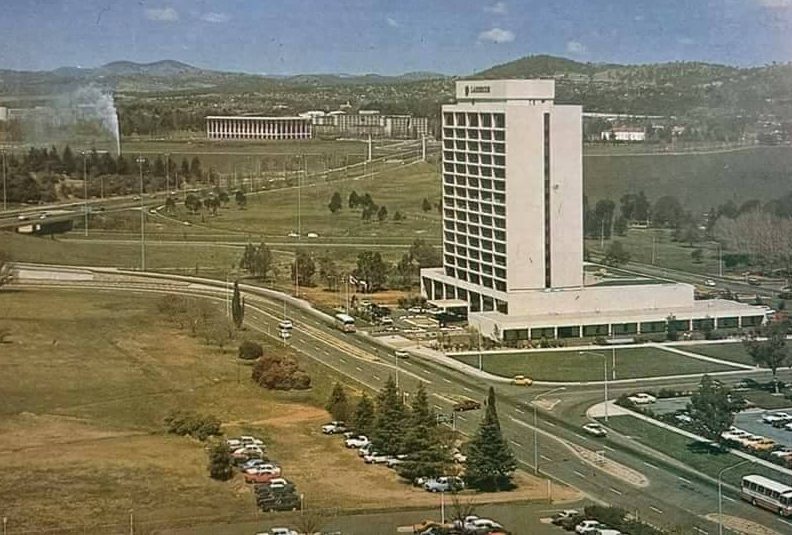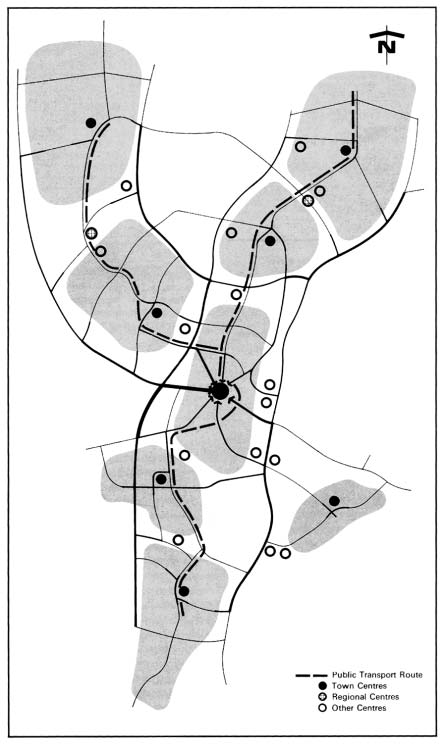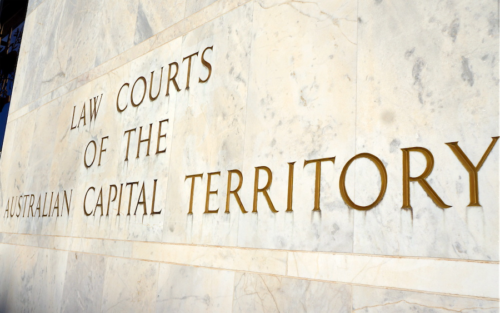
Former planner MIKE QUIRK says the ACT government refuses to acknowledge there is a problem with its planning policy, doubling down on its 70 per cent infill dictate.
THE internationally acknowledged 1969 General Plan Concept (Y-Plan), guided Canberra’s development between the 1960s and the early 2000s.

Canberrans still benefit from its legacy – new towns with town centres with significant employment, higher-order retailing and community facilities; the network of group and local centres, extensive cycle and pedestrian networks, peripheral road parkways, the intertown transport spine and high-quality open space.
The strategy worked with the population’s preferences for low-density living and harnessed decentralising trends to enable short trips to work, schools, community services, shopping and open spaces.
Employment dispersal provided major transport benefits including shorter journeys to work, reduced traffic congestion, opportunities for multi-purpose trips and lower fuel, parking and transport infrastructure requirements.
Employment at the centres supported businesses with those employed at the centres having the opportunity to walk to shops and services. The framework facilitated the timely and efficient delivery of social and physical infrastructure and avoided the “sprawl” that characterised the development of other Australian cities.
The Y-Plan needed modification to respond to social, demographic and workforce changes, an increased awareness of the environmental impacts of development and a reduced ability to influence the location of Commonwealth employment.
The major revision was to increase the share of growth achieved by redevelopment. The aim was to place additional population close to existing employment to reduce travel and car use and associated greenhouse gas emissions; encourage public transport, walking and cycling; make better use of existing social and physical infrastructure; ease infrastructure demands on the fringe, widen housing choice and contribute to a more vibrant urban environment.
The 2018 Planning Strategy arbitrarily increased the infill share of land releases from around 50 per cent to 70 per cent. It ignored the results of the 2015 Housing Choices Community Survey undertaken by Winton Sustainable Research Strategies, which found a strong preference for detached dwellings.
Current policy is not providing the housing diversity needed to ensure the needs of people of all ages, abilities and lifestyles are met.
Of the 14,900 increase in higher-density dwellings between 2016 and 2021, more than 75 per cent were flats.
It is not providing sufficient opportunities for those wishing to downsize to a more energy efficient, lower-maintenance dwelling or to families with children by providing sufficient and appropriate medium-density dwellings at an affordable price.
Furthermore, the effectiveness of the policy has been reduced by the poor quality of many redevelopments (overlooking, parking blight, increased congestion and loss of tree cover).

It is, by restricting the release of detached housing blocks most recently reflected in the 4476 bidders for the 217 blocks offered in Jacka, is unnecessarily limiting choice and contributing to increased housing prices across the city and increased car-dependent, detached housing development in surrounding NSW. The government refuses to acknowledge there is a problem, doubling down on its 70 per cent infill dictate.
Nor does the government’s response to the projected increase in the ACT population generate confidence.
Instead of assessing how and where the additional growth could best be accommodated, the government simply increased the population of several districts.
For example, in the Molonglo District Strategy, released in November 2022, the district’s capacity was identified as 55,000 yet in the population projections, released a few months later, its population in 2060 is projected to be 86,000. Is this increase feasible and, if so, at what cost? Could some of the population growth be better accommodated in alternative areas such as Kowen?
An evidence-based approach to land release is required with the level of infill determined after considering the relative travel, financial, environmental and infrastructure costs of accommodating additional housing in greenfield and existing areas, housing preferences, regional impacts, the implications of increased working from home on travel and the scope for increased employment dispersal.
The mismanagement is also demonstrated in the failure to construct sufficient social housing, the unjustified extension of light rail and the inability to increase the share of trips made by public transport, contributing to increased congestion and associated greenhouse emissions.
For improved city management a comprehensive and independent review of Canberra’s land use and transport strategies and administration is required. The review should consider improving the bureaucratic strength and resourcing of the planning agency, to enable it to be more than a speed-bump and provide competent and frank advice.
Mike Quirk is a former NCDC and ACT government planner.
Who can be trusted?
In a world of spin and confusion, there’s never been a more important time to support independent journalism in Canberra.
If you trust our work online and want to enforce the power of independent voices, I invite you to make a small contribution.
Every dollar of support is invested back into our journalism to help keep citynews.com.au strong and free.
Thank you,
Ian Meikle, editor





Leave a Reply